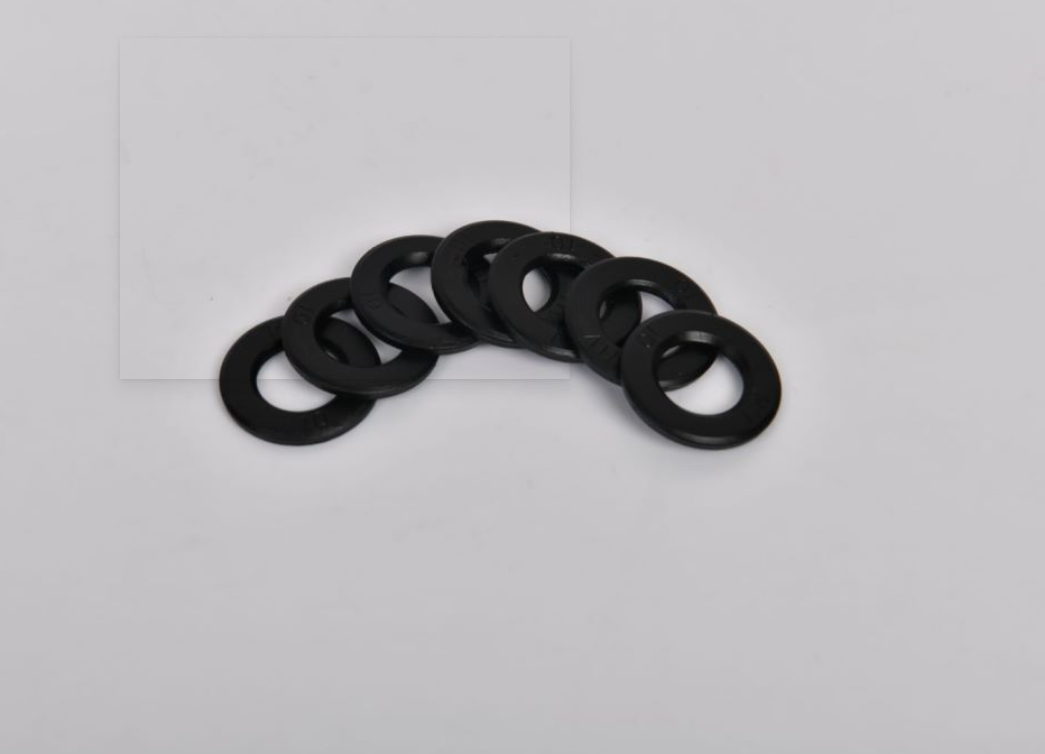Optimal Spacing Guidelines for Horizontal Drywall Screw Installation Techniques
Horizontal Drywall Screw Spacing A Guide for Homeowners and Contractors
When it comes to installing drywall, proper screw spacing is crucial for achieving a smooth, durable finish and ensuring the integrity of the walls. Understanding the guidelines for horizontal drywall screw spacing can help homeowners and contractors alike create sturdy and finished surfaces, whether for new construction or remodeling projects.
Understanding Drywall Installation
Drywall, also known as gypsum board, is a common material used for creating walls and ceilings in homes and commercial buildings. It is lightweight, easy to install, and provides excellent fire resistance. However, to ensure that drywall performs well over time, it needs to be securely fastened to the underlying studs, typically made of wood or metal. This is where screw spacing comes into play.
Importance of Proper Screw Spacing
Using the correct screw spacing prevents issues such as sagging, cracking, or separating of the drywall from the studs. Properly anchored drywall also minimizes the risk of damaging the board when applying joint compound and sanding, leading to a smoother finish.
Recommended Screw Spacing Guidelines
For horizontal drywall installation, a widely accepted standard is to space screws approximately 12 inches apart along the length of the studs. Here are some detailed recommendations
1. Edges and Ends When installing drywall sheets horizontally, the screws should be placed at intervals of 8 to 12 inches along the edges of each board. At the ends of the boards, it’s essential to fasten screws at least 3/8 inches from the edges to avoid paper tears while ensuring a solid hold.
2. Field of the Panel In the field area of the panel — the part of the board away from the edges — screws should also be spaced every 12 inches. This spacing helps ensure that the drywall is secure, especially in large sheets where flexing can occur.
horizontal drywall screw spacing

3. Corner and Seams Pay special attention to seams where two drywall sheets meet. It's advisable to place screws on both sides of the seam at roughly 8 inches apart. This practice aids in keeping the joint tight, which is critical for minimizing the visibility of seams after finishing.
4. Ceilings For ceilings, the screw spacing remains similar to walls. However, due to the inherent weight of overhead installations, some professionals recommend securing screws every 12 inches across the field and every 6 to 8 inches at the edges.
Additional Tips for Successful Drywall Installation
- Use the Right Size Screws Generally, 1 1/4-inch screws are suitable for attaching drywall to wooden studs, while 1 5/8-inch screws work better with metal studs.
- Screw Depth Ensure that screws are driven just below the surface of the drywall to allow for joint compound application without causing bulges.
- Avoid Over-tightening Over-tightening can cause the paper facing of the drywall to rupture, which can lead to problems later on.
- Check for Studs Before fastening, make sure to locate the studs accurately, using a stud finder if necessary, to ensure optimal screw placement.
- Follow Local Building Codes Always check local building codes or guidelines specific to your region, as they may have additional requirements or recommendations about drywall installation.
Conclusion
Mastering horizontal drywall screw spacing is an essential skill for both DIY enthusiasts and professionals. By following established guidelines and best practices, installers can achieve smooth, solid walls that stand the test of time and provide a beautiful finish for any home. Whether you're renovating a single room or tackling a new construction project, proper drywall installation techniques will lay the foundation for a successful and visually appealing outcome.
-
Top Choices for Plasterboard FixingNewsDec.26,2024
-
The Versatility of Specialty WashersNewsDec.26,2024
-
Secure Your ProjectsNewsDec.26,2024
-
Essential Screws for Chipboard Flooring ProjectsNewsDec.26,2024
-
Choosing the Right Drywall ScrewsNewsDec.26,2024
-
Black Phosphate Screws for Superior PerformanceNewsDec.26,2024
-
The Versatile Choice of Nylon Flat Washers for Your NeedsNewsDec.18,2024










